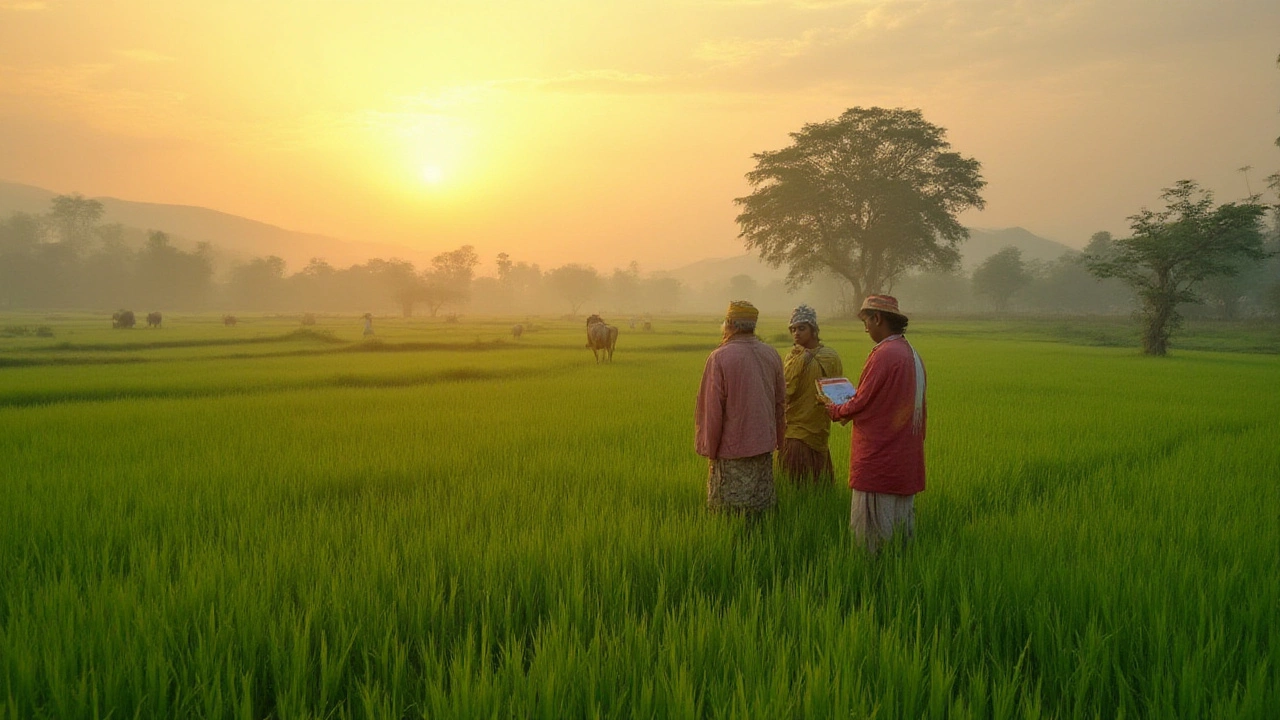If you’re planning to raise cattle, sheep, or goats, the first question is always, "How many acres do I really need?" The answer isn’t a one‑size‑fits‑all number. It depends on the type of animal, the quality of the soil, climate, and how you manage the pasture. Getting the math right can save you money, keep your herd healthy, and prevent overgrazing.
1. Animal type and number – A single beef cow typically needs about 1.5 to 2 acres of good pasture, while a goat may be fine on half an acre. Multiply that by the number of animals you plan to keep.
2. Pasture productivity – Rich, well‑drained soil with decent rainfall can support more animals per acre than dry, sandy ground. Look at local USDA land capability maps or talk to nearby farmers for realistic figures.
3. Seasonal rotation – Rotational grazing lets you rest parts of the field while animals eat elsewhere. This can cut the acreage you need by up to 30% because the grass recovers faster.
4. Feed supplements – If you plan to feed hay or grain during winter, you can get away with slightly less pasture, but you’ll need storage space and a budget for feed.
To put the numbers in perspective, a 20‑acre plot stretches roughly 0.125 square miles – about the size of three football fields laid side by side. In many Mid‑Atlantic states, land can range from $2,000 to $10,000 per acre, so a 20‑acre grazing parcel could cost anywhere between $40,000 and $200,000.
If you’re looking at places like West Virginia, a single acre might run $1,500‑$3,500 depending on the county. That means a modest 10‑acre farm could start under $20,000, making it an affordable entry point for new livestock owners.
When budgeting, don’t forget extra costs: fencing (about $1‑$3 per foot for a sturdy post‑and‑rail fence), water systems, and soil testing. Adding these in early helps avoid surprise expenses later.Now, let’s run a quick calculation. Say you want 8 cattle and you have decent pasture that supports 2 cows per acre. You’d need 8 ÷ 2 = 4 acres just for the cows. Add another 2 acres for a buffer and rotational paddocks, and you’re looking at roughly 6 acres total. If the land is $5,000 per acre, the purchase price is $30,000 plus the setup costs.
These rough figures illustrate why doing a tailored assessment is crucial. Use a simple spreadsheet: list your animals, assign an acreage factor based on local productivity, then add a 20% safety margin for drought years.
Lastly, remember that grazing land is a long‑term investment. Properly managed pastures improve soil health, increase carbon sequestration, and can raise the resale value of your farm. Keep a record of grazing cycles, reseed when needed, and monitor forage height – these habits keep the land productive and your herd thriving.
Choosing the right grazing acreage is less about hitting a magic number and more about matching the land’s capacity to your herd’s needs. By factoring in animal type, pasture quality, rotation plans, and local land prices, you’ll make a smart, sustainable decision that benefits both your pocket and your livestock.

Wondering how many cows you can run on 20 acres? Here’s the science, hard facts, and practical tips to raise cattle on your land—without wrecking the pasture or your budget.